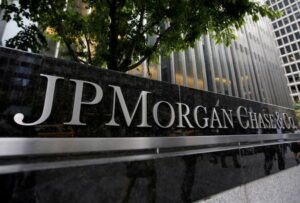By Joori Roh
SEOUL (Reuters) -South Korea’s annual unemployment rate fell to the lowest on record in February, with jobs growth staying at a near 22-year-high, though the increase was mainly due to a low base and the government’s fiscal spending.
The seasonally adjusted unemployment rate last month dropped to 2.7%, Statistics Korea data showed on Wednesday, the lowest since data releases began in June 1999. It came in at 3.6% in January.
The number of employed increased by 1.037 million from a year earlier in February, not far from January’s jobs growth of 1.135 million, which was the most since March 2000.
February’s figures were also flattered by comparisons to the very weak readings from a year earlier.
The country posted 12 straight months of job losses through to February 2021, while the jobless rate soared to over a 20-year high of 5.2% in January 2021, as the coronavirus hit the nation’s labour market.
A breakdown of data showed 254,000 jobs were added in healthcare and social services in February 2022, a quarter of the total, while some 135,000 jobs were added in transportation and warehouses.
Jobs in the wholesale and retail industry, however, continued to shrink, losing 47,000 jobs from a year earlier. Those in the key manufacturing sector rose 32,000, but that was less than a month earlier and growth remained weak.
The fast-spreading Omicron variant will likely take a toll on the already gloomy outlook for such sectors, with the country reporting a daily record of 400,741 new coronavirus cases for Tuesday.
Some 1.78 million people have been forced to stay at home for treatment, the Korea Disease Control and Prevention Agency said.
Wednesday’s jobs data comes a week after conservative South Korean opposition candidate Yoon Suk-yeol won a tight presidential election, with jobs being one of the major challenges for the president-elect.
To shore up the economy, the government has allocated about a third of the total government expenditure to welfare and jobs, and promised to spend about 70% of the annual fiscal budget during the first half of 2022.
(Reporting by Joori Roh; Editing by Jacqueline Wong and Sam Holmes)





